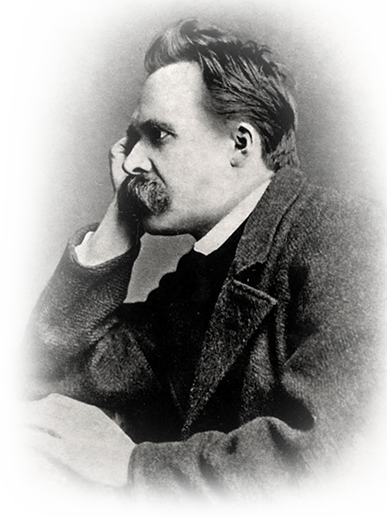[MA-216]
GESTURE AND LANGUAGE
Imitation of gesture is older than language, and goes on involuntarily even now, when the language of gesture is universally suppressed, and the educated are taught to control their muscles. The imitation of gesture is so strong that we cannot watch a face in movement without the innervation of our own face (one can observe that feigned yawning will evoke natural yawning in the man who observes it). The imitated gesture led the imitator back to the sensation expressed by the gesture in the body or face of the one being imitated. This is how we learned to understand one another; this is how the child still learns to understand its mother. In general, painful sensations were probably also expressed by a gesture that in its turn caused pain (for example, tearing the hair, beating the breast, violent distortion and tensing of the facial muscles). Conversely, gestures of pleasure were themselves pleasurable and were therefore easily suited to the communication of understanding (laughing as a sign of being tickled, which is pleasurable, then served to express other pleasurable sensations).— As soon as men understood each other in gesture, a symbolism of gesture could evolve. I mean, one could agree on a language of tonal signs, in such a way that at first both tone and gesture (which were joined by tone symbolically) were produced, and later only the tone.— It seems that in earlier times, something must often have occurred much like what is now going on before our eyes and ears in the development of music; namely of dramatic music: while music without explanatory dance and miming (language of gesture) is at first empty noise, long habituation to that juxtaposition of music and gesture teaches the ear an immediate understanding of the tonal figures. Finally, the ear reaches a level of rapid understanding such that it no longer requires visible movement, and understands the composer without it. Then we are talking about absolute music, that is, music in which everything can be understood symbolically, without further aids.
